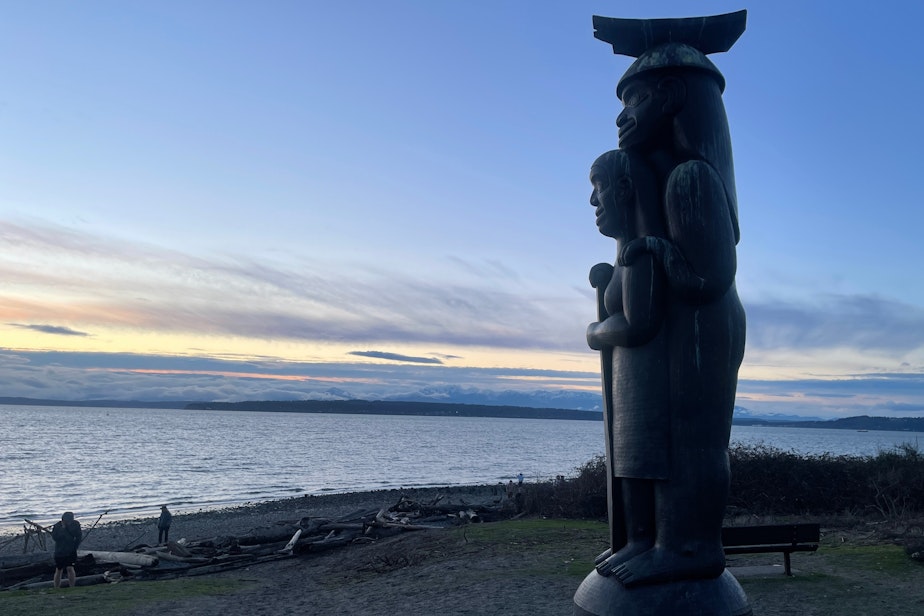Scientists try to keep up with chemical blizzard entering Puget Sound

Wastewater treatment plants are sending hundreds of unregulated chemicals into Puget Sound.
The plants sterilize sewage and remove solids and organic materials from it. But they were never designed to remove things like antibiotics, cosmetics, hormones, pharmaceuticals, and other consumer products that wash down household drains.
“The latest estimate of the number of chemicals that are used in commerce is 350,000. That doesn't include degradation products and metabolites that may also be in the environment,” said Western Washington University environmental toxicologist Ruth Sofield.
“The work that we're doing, we're looking at chemicals in the low hundreds,” she told the Puget Sound Partnership’s Science Panel on Wednesday.
Sofield and other scientists are trying to help the state agency identify and prioritize the most harmful substances in the dilute chemical broth that is wastewater.
“We know that we're missing the large universe of chemicals,” Sofield said.
Sponsored
The researchers, who expect to submit their findings for publication in a peer-reviewed journal later in February, have identified 57 high-priority chemicals, including the antibiotics tetracycline and ciprofloxacin, the steroid prednisone, and the plasticizer BPA. They’ve put another 84 on their “watch list.”
Nearly half of the priority chemicals are antibiotics, about 18% are hormones, another 18% are pharmaceuticals, and 10% are perfluorinated substances, according to Sofield.
A new study from King County (see page 23 here) focuses on these so-called "chemicals of emerging concern" in wastewater.
It finds that most of the substances that have been examined are not at levels high enough to harm fish or marine mammals.
But some of the long-lasting chemicals could be building up in Chinook salmon.
Sponsored
Researchers say they’re doing the math to find out if the chemical doses are big enough to harm salmon or the orcas and humans that eat them.
Regulators have started to tackle one category of these chemicals, known as PFAS, short for pre- and polyfluoroalkyl substances. The fluorine-carbon bonds that make the compounds useful—at repelling oil and water and reducing friction—also give them exceptional longevity. They’re sometimes called “forever chemicals.”
“I really cannot emphasize enough that PFAS are ubiquitous,” King County Wastewater Treatment Division researcher Erika Kinno told King County’s Regional Water Quality Committee on Wednesday. “PFAS is ubiquitous in all of our bloodstreams, including mine as I give this presentation right now.”
Washington state has banned PFAS in food packaging and is proposing to ban it from carpet, leather and textiles.
Sammamish Plateau Water District Commissioner Lloyd Warren said he was concerned about PFAS in the wastewater-derived fertilizer, or biosolids, applied to some farms and forests in King County.
Sponsored
“Passing [pollutants] on to the next customer isn’t necessarily the best strategy,” Warren said.
While the regulatory focus is on PFAS, faster new research methods could help scientists catch up to the rest of Puget Sound’s chemical blizzard.
In the old days, scientists had to dose fish or other animals in a lab with a chemical to see how much it took to kill half the population for a standard measure of toxicity. They still do that but now they can test chemicals on individual cells instead of whole animals. They can also use robots to do multiple cellular tests at once.
“A lot more information is more rapidly generated for chemicals than you can see with whole-organism toxicity testing,” Sofield said.




